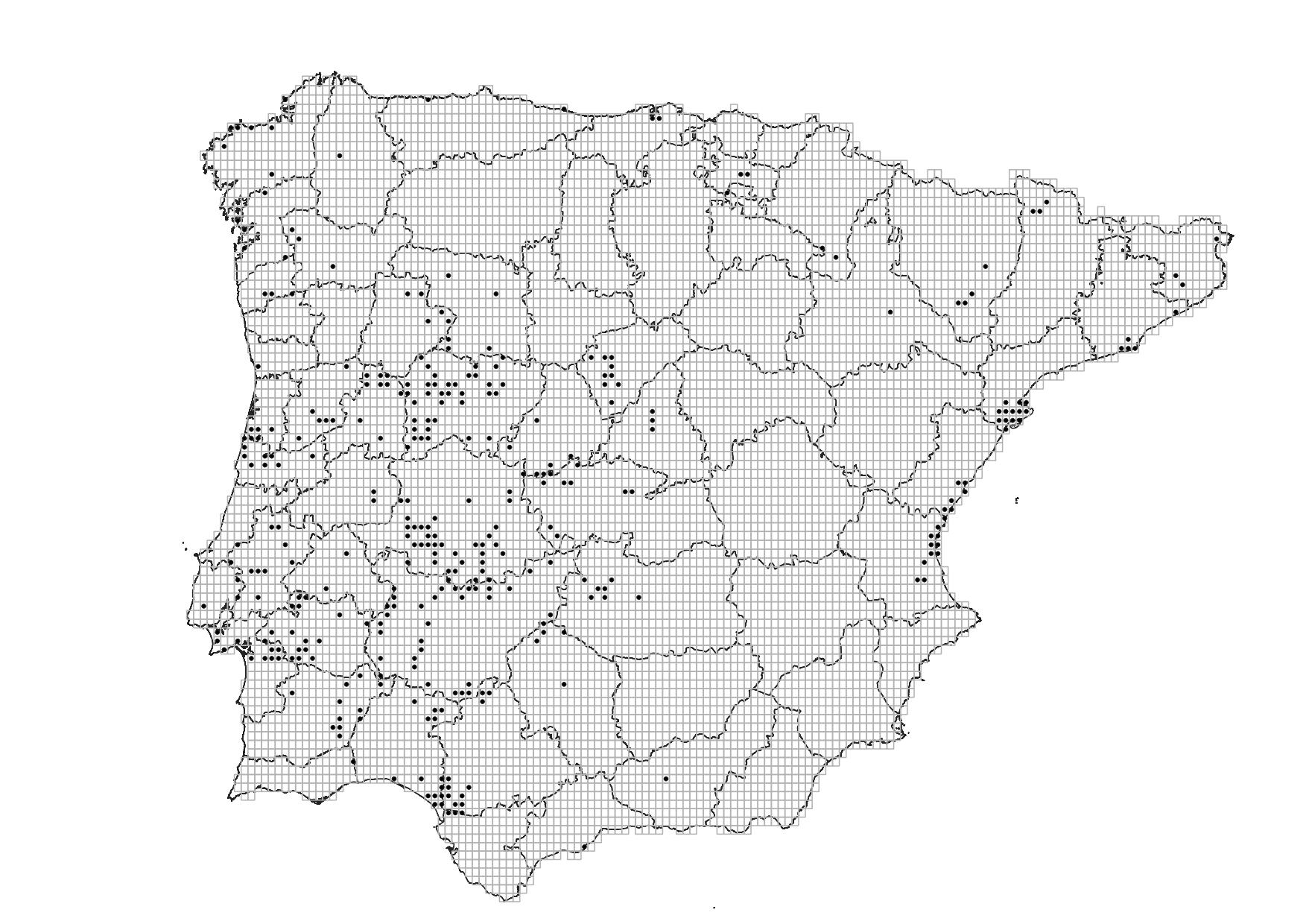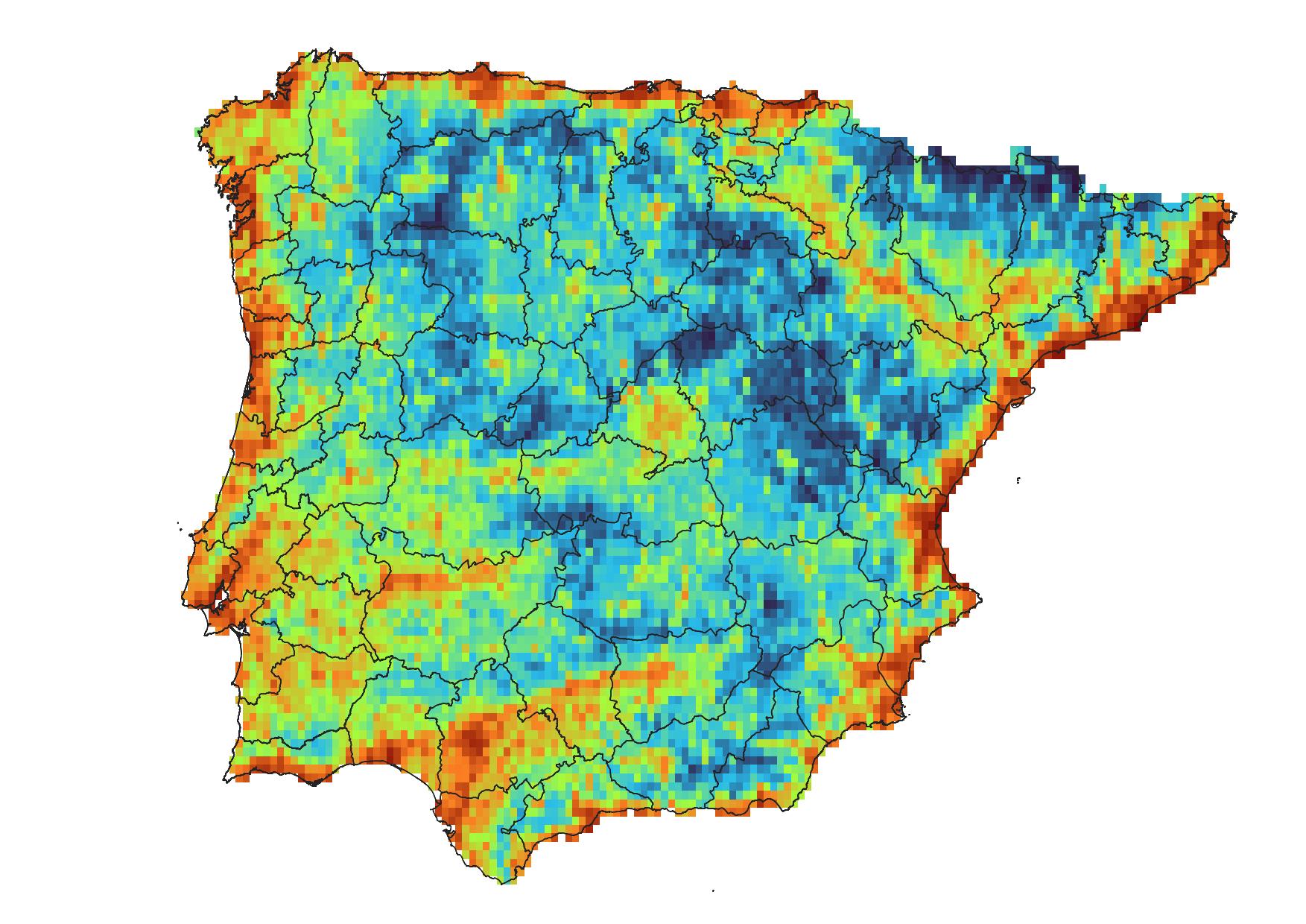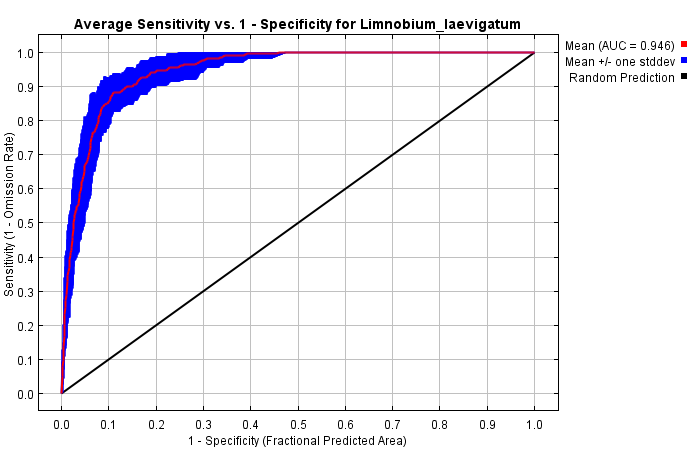References
Elith, J., Phillips, S. J., Hastie, T., Dudík, M., Chee, Y. E., & Yates, C. J. (2011). A statistical
explanation of MaxEnt for ecologists. Diversity and distributions, 17(1), 43-57.
Oficialdegui, F. J., Zamora-Marín, J. M., Guareschi, S., Anastácio, P. M., García-Murillo, P.,
Ribeiro, F., ... & Oliva-Paterna, F. J. (2023). A horizon scan exercise for aquatic invasive alien
species in Iberian inland waters. Science of the Total Environment, 869, 161798.
Oliva-Paterna, F. J., Ribeiro, F., Miranda, R., Anastácio, P., García-Murillo, P., Cobo, F., ... &
Zamora-Marín, J. M. (2021). LIST OF AQUATIC ALIEN SPECIES OF THE IBERIAN PENINSULA (2020). Updated
list of aquatic alien species introduced and established in iberian inland waters.
Oliva-Paterna, F. J., Ribeiro, F., Miranda, R., Anastácio, P., García-Murillo, P., Cobo, F., ... &
Zamora-Marín, J. M. (2021). LIST OF POTENTIAL AQUATIC ALIEN SPECIES OF THE IBERIAN PENINSULA (2020).
Updated list of the potential aquatic alien species with high risk of invasion in Iberian inland
waters.
Oliva-Paterna, F. J., Oficialdegui, F. J., Anastácio, P., García-Murillo, P., Zamora-Marín, J. M.,
Ribeiro, F., ... & Vieira-Lanero, R. (2022). BLACK LIST AND ALERT LIST OF THE AQUATIC INVASIVE ALIEN
SPECIES OF THE IBERIAN PENINSULA–Horizon scanning exercise focused on the high-risk aquatic invasive
alien species for the Iberian inland waters.
Phillips, S. J., Anderson, R. P., & Schapire, R. E. (2006). Maximum entropy modeling of species
geographic distributions. Ecological modelling, 190(3-4), 231-259.
Rodríguez Merino, A., Fernández Zamudio, R., & García Murillo, P. (2017). An invasion risk map for
non-native aquatic macrophytes of the Iberian Peninsula. Anales del Jardín Botánico de Madrid, 74
(1), e055.
Rodríguez Merino, A., Fernández Zamudio, R., & García Murillo, P. (2019a). Identifying areas of
aquatic plant richness in a Mediterranean hotspot to improve the conservation of freshwater
ecosystems. Aquatic Conservation: Marine and Freshwater Ecosystems, 29(4), 589–602.
Rodríguez-Merino, A., Fernández-Zamudio, R., García-Murillo, P., & Muñoz, J. (2019b). Climatic niche
shift during Azolla filiculoides invasion and its potential distribution under future
scenarios.
Plants, 8(10), 424.
Rodriguez-Merino, A., Garcia-Murillo, P., Cirujano, S., & Fernández-Zamudio, R. (2018). Predicting
the risk of aquatic plant invasions in Europe: How climatic factors and anthropogenic activity
influence potential species distributions. Journal for Nature Conservation, 45, 58-71.




